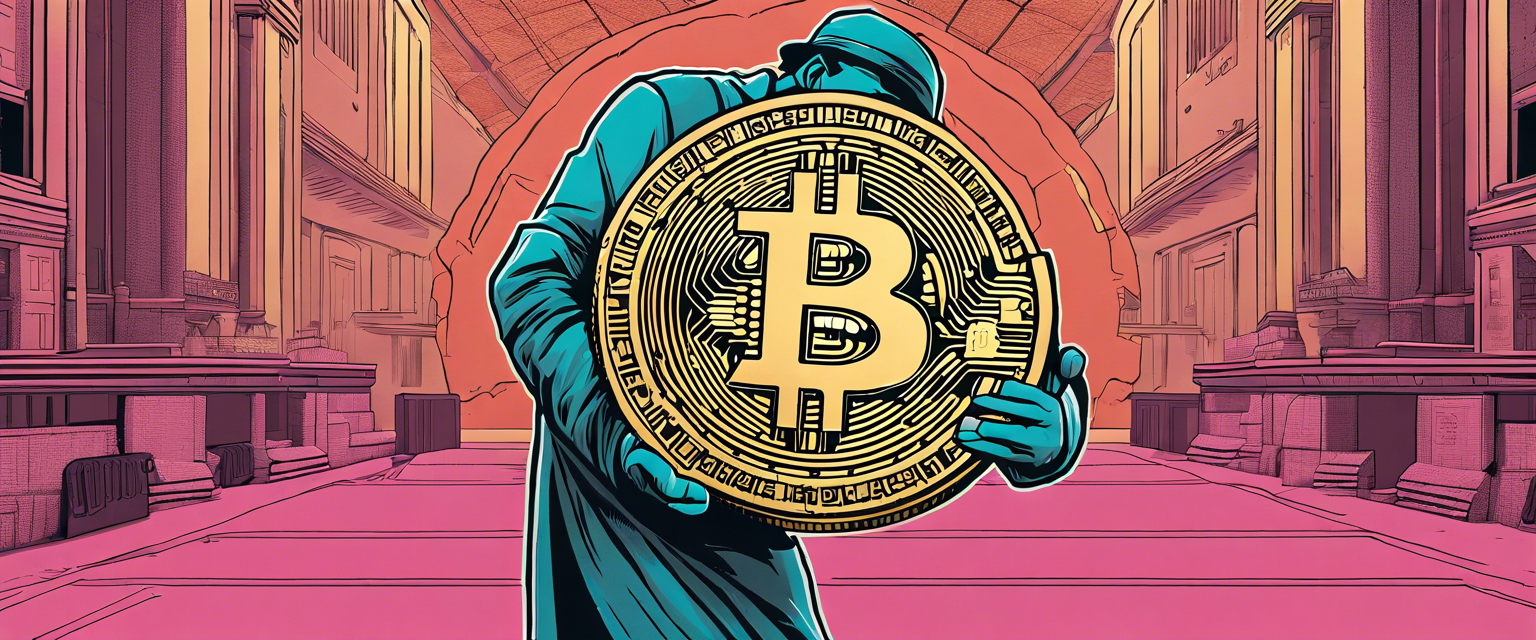The Controversial Polygon Proposal: Aave Co-Founder's Insight
Recently, Stani Kulechov, the co-founder of Aave, expressed his concerns regarding a critical proposal from the Polygon team aimed at utilizing user funds from the Polygon bridge for high-risk investments within the world of decentralized finance (DeFi). This proposal, which has raised eyebrows among the Polygon community, was formulated alongside unspecified partners and has reignited discussions on the safety and use of funds in decentralized networks.
Growing Concerns Among Users
Many Polygon users have voiced their discontent, drawing comparisons between this proposal and traditional practices seen in fractional banking. Users are worried about the potential dual usage of their funds and the lack of protective measures in this high-stakes investment environment.
Aave's Response to the Proposal
Aave is heavily impacted by this proposal, with 40% of Polygon's total value locked (TVL) currently deposited in Aave. Given that Aave's core governance operates primarily on the Polygon network, the implications of this proposal resonate deeply within the protocol's risk management strategies.
In light of these developments, the Aave Chan Initiative (ACI) has kicked off discussions aimed at adjusting risk parameters to better protect user funds, particularly considering previous security breaches, such as the Harmony bridge hack. Influential figures within Aave, including Andre Cronje, have echoed similar apprehensions during ongoing governance talks.
Polygon's Retracted Proposal
In a surprising turn of events, the Polygon team has since retracted their initial proposal, citing failure due to Aave's leadership and misrepresentations regarding Aave's infrastructure. Aave has clarified its capacity to support customizable market infrastructures, as evidenced by the successful establishment of a market for Lido.
The messaging from Aave emphasizes its stance on immutable governance and the ease in creating tailored markets that enhance security assurances, unlike many other protocols in the space.
The Importance of User Safety
Feedback from the Polygon community has distinctly highlighted dissatisfaction stemming from the network's perceived unauthorized use of funds for speculative investments. Aave’s proactive measures reflect their commitment as a decentralized autonomous organization (DAO) to uphold user safety.
Characterizing the actions of the Aave DAO as anti-competitive overlooks the fundamental prerogative of prioritizing user safety. Aave DAO aims to mitigate risks associated with third-party protocols without explicit consent from their governance.
Steps Toward Securing Aave's Future
Previously, the Aave community faced a proposal from contributor team Aave Chan, led by founder Marc Zeller, advocating for the withdrawal of lending services from Polygon's PoS chain. This recommendation came in response to another proposal from the Polygon community, which aimed to utilize over $1 billion in bridged assets for generating returns.
As a protective measure, Zeller proposed an adjustment of risk parameters on Aave's protocol versions 2 and 3 active on the Polygon PoS chain to mitigate potential risks tied to bridged stablecoins. The goal was to implement rigorous measures that prevent negative outcomes in Aave’s lending market.
Future of Aave and Polygon
Zeller suggested a cautious approach that included establishing a 0% loan-to-value ratio for all assets and increasing the reserve factor to 85%, effectively restrictively controlling deposits and borrowing against collateral. This focus on risk management is integral as Aave prepares for upcoming changes with the anticipated release of V4, which promises exciting innovations.
The ongoing dialogues between Aave and the Polygon community underscore a pivotal moment in DeFi, with user interests at the forefront of discussions surrounding security, risk, and governance.



发表评论
所有评论在发布前都会经过审核。
此站点受 hCaptcha 保护,并且 hCaptcha 隐私政策和服务条款适用。